The Big Five - Africa's Most Famous Range of Animals
Africa is well known for its amazing wildlife because of its wide-ranging landscapes and varied ecosystems. Five of its numerous species—the African elephant, African lion, African leopard, African buffalo, and African rhinoceros—stand out as the most recognizable and sought-after creatures on the continent. Collectively referred to as the "Big Five," these creatures have come to represent the great variety of Africa and are essential to ecotourism and conservation initiatives. The relevance of the Big Five, their ecological roles, conservation issues, and the effect of wildlife tourism on their preservation are all covered in this blog.
1. The Buffalo
Syncerus caffer, also known as the African Buffalo, is a huge, powerful herbivore that is distinguished by its characteristic curving horns. Because they are friendly creatures, Buffaloes dwell in big herds, which protects them from predators and facilitates food foraging. Their grazing habits affect the patterns of the vegetation and increase biodiversity in their environments.
Despite their tenacity, diseases like brucellosis and bovine tuberculosis, which can spread from domestic cattle to wildlife, and habitat loss pose challenges to African buffaloes. Hunting for bushmeat is dangerous as well. Buffalo conservation initiatives are concentrated on controlling wildlife diseases, safeguarding the animals' natural habitats, and guaranteeing sustainable land-use methods. To preserve the ecological significance of Buffaloes and to keep their numbers healthy, protected areas and wildlife reserves are essential.
The Buffalo - Gallery
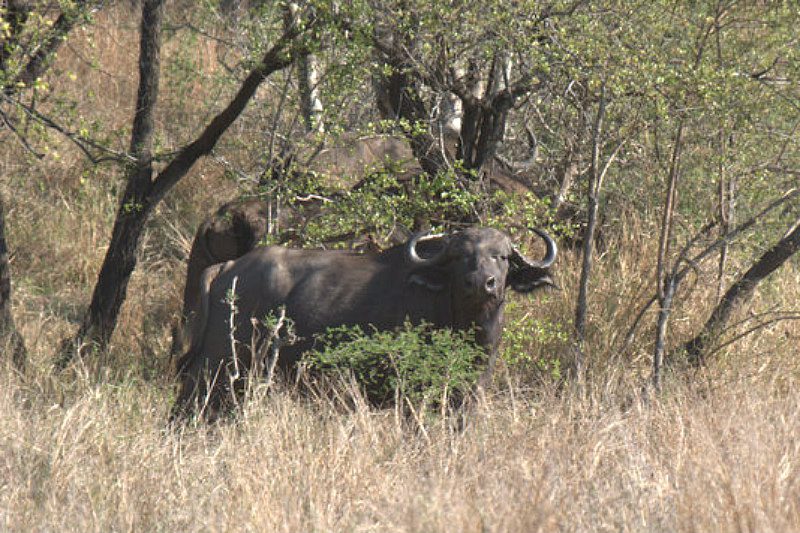
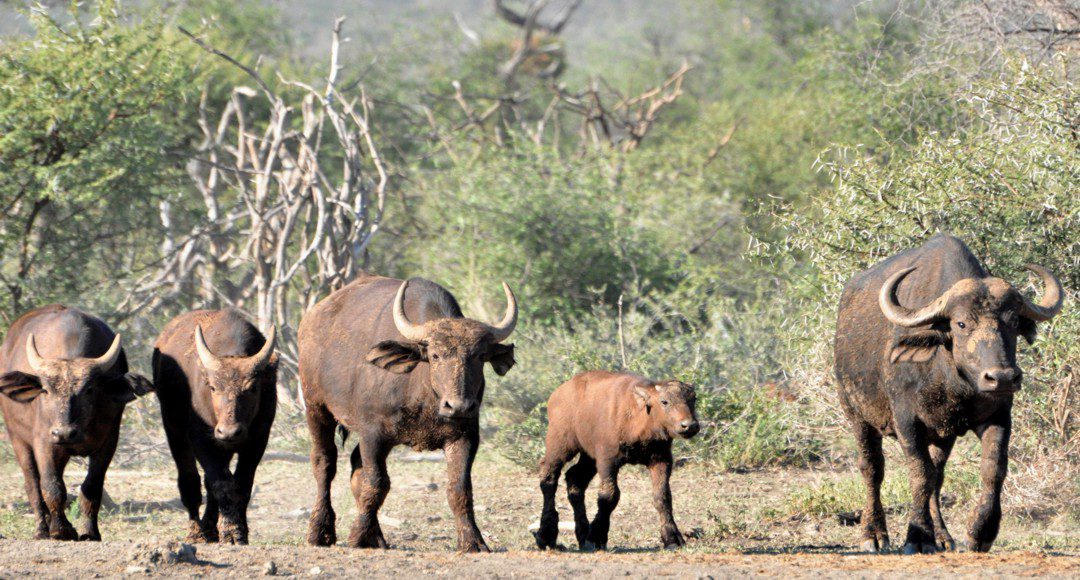



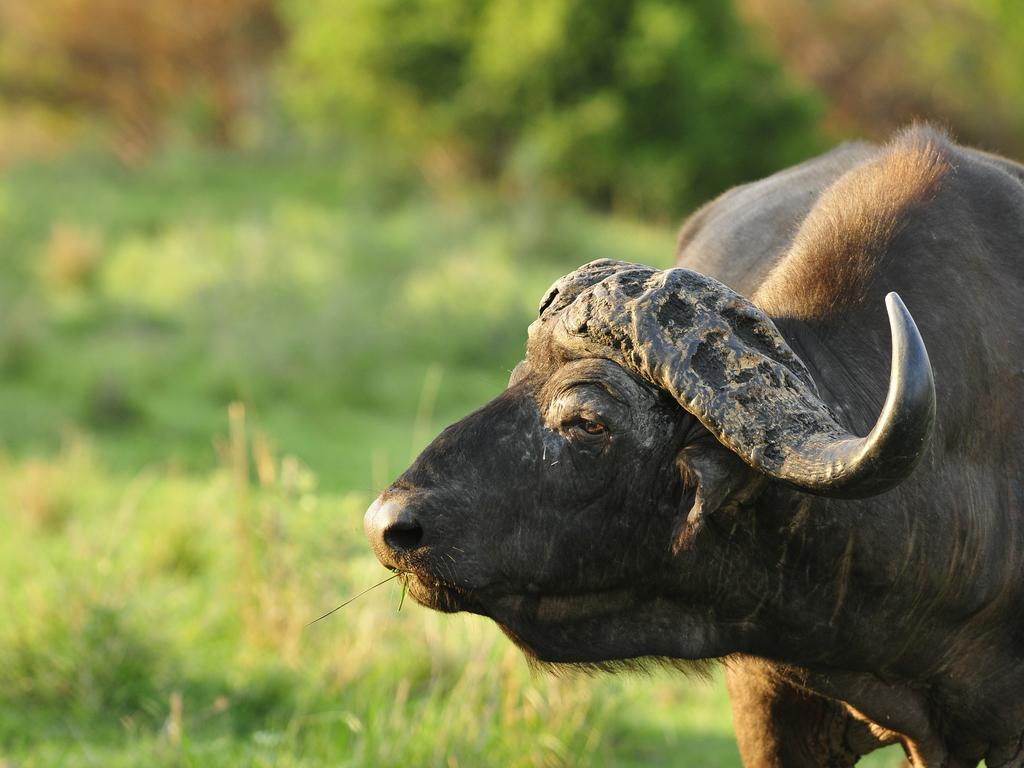






2. The Rhinoceros
The black rhinoceros (Diceros bicornis) and the white rhinoceros (Ceratotherium simum), which are the two principal species of rhinoceroses in Africa, are symbols of the difficulties facing extinction. Even though they are less endangered, white rhinos are still in danger, since black rhinos are in grave danger of extinction. Due to their unusual horns and massive stature, rhinos have historically been targeted for poaching.
A major contributing cause to rhino declines has been poaching for their horns, which is motivated by the demand for them in traditional medicine and as status symbols. Their populations are further threatened by habitat degradation brought on by human encroachment and agricultural growth. Safe reserves, habitat preservation, and anti-poaching initiatives are all part of rhino conservation efforts. Innovative tactics like devaluing rhino horns by legal or artificial means, as well as community involvement, are essential to rhino protection.
The Rhinoceros - Gallery
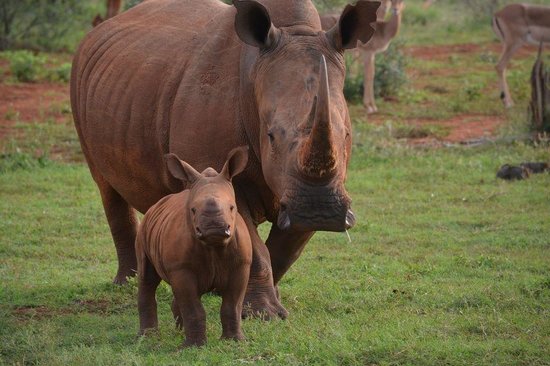
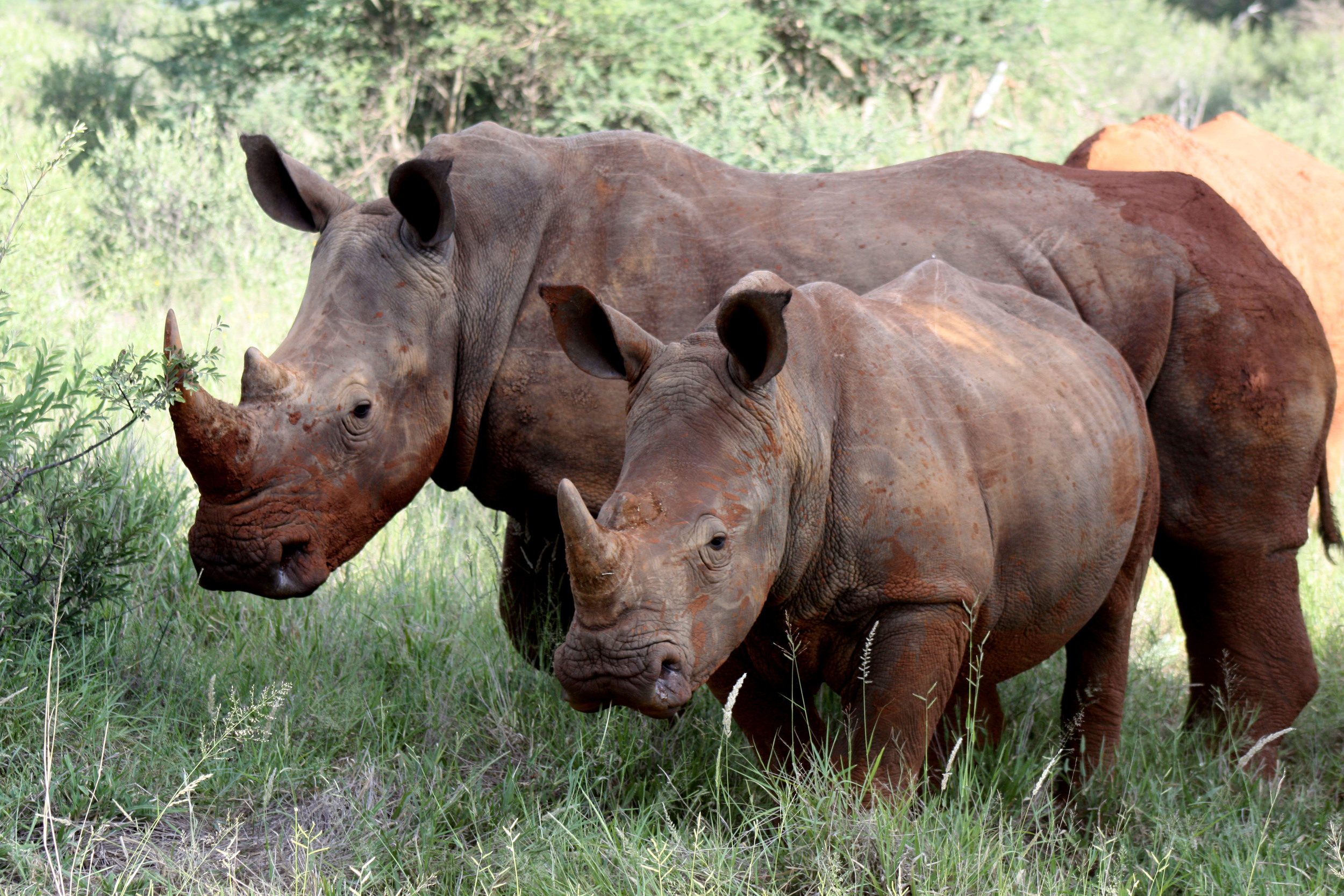
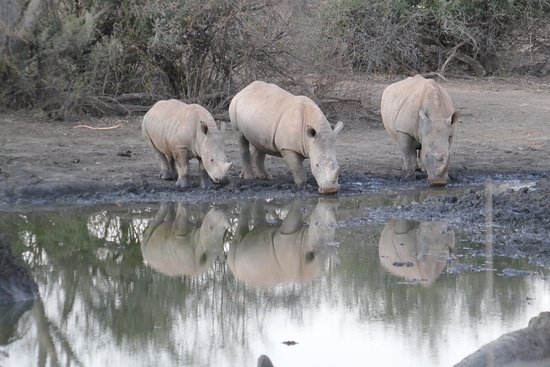
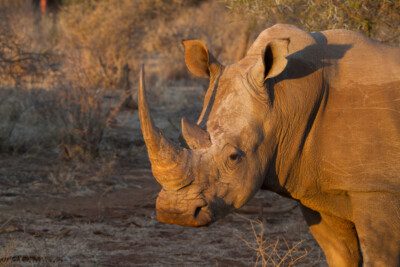
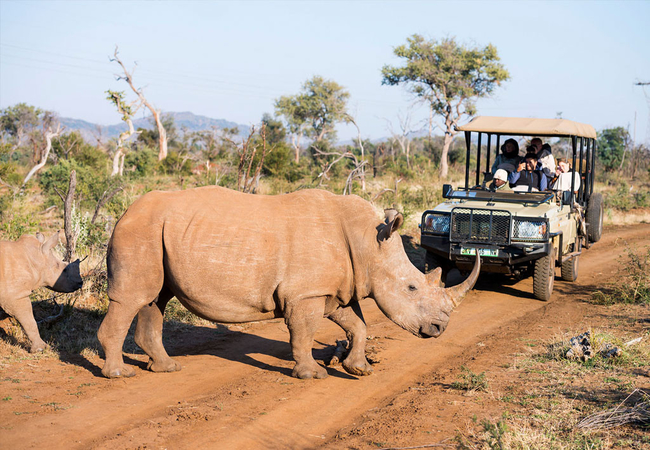
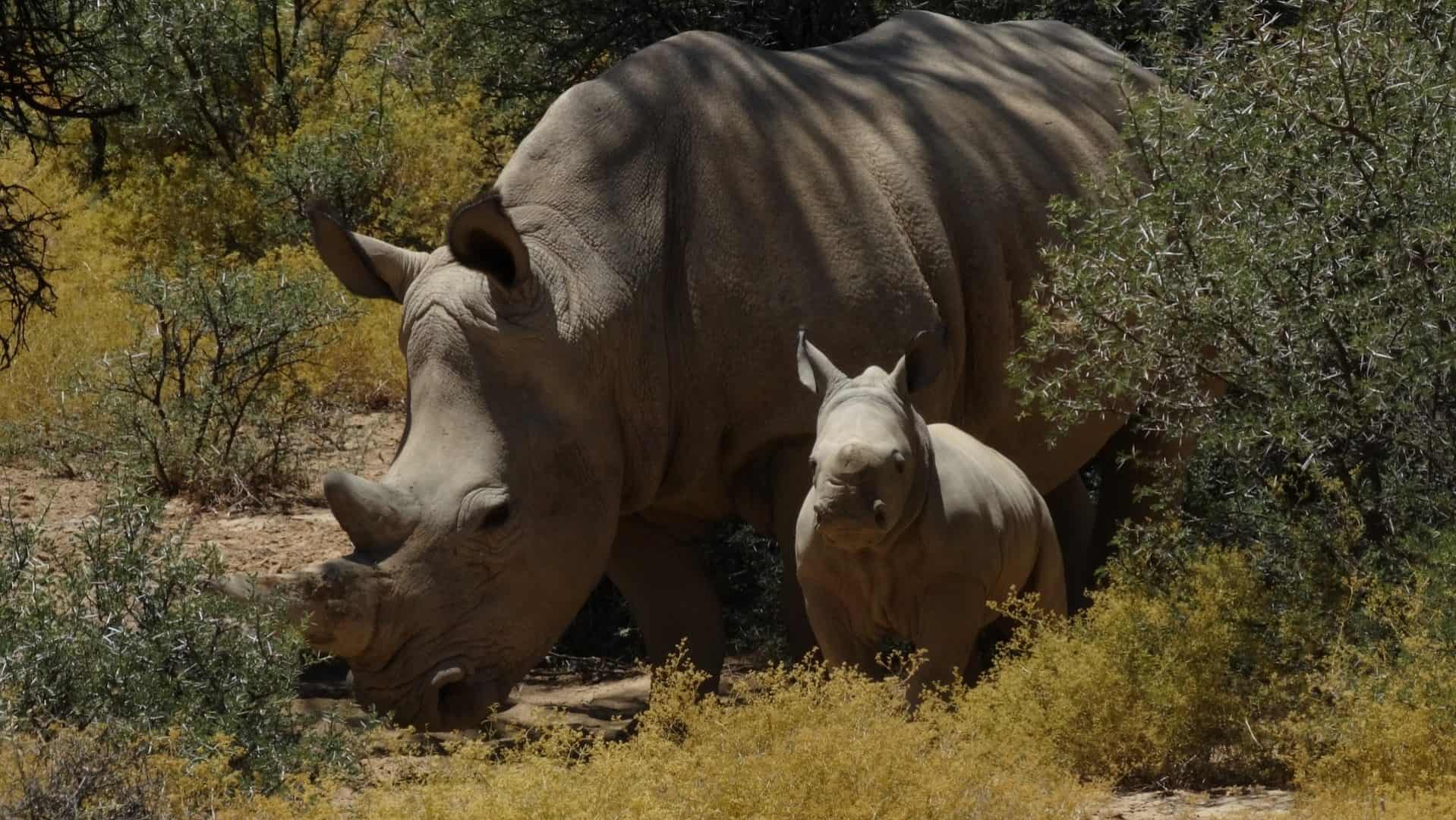






3. The Elephant
The largest land animal is the African Elephant (Loxodonta africana), which is identified by its enormous size, long trunk, and gigantic ears. Elephants are keystone species in the African environment and are therefore vital to it. Their eating habits contribute to preserving the natural flora balance in forests and savannas. Elephants are renowned for their capacity to make trails through impenetrable vegetation and dig waterholes, both of which are beneficial to other species.
Despite their significance, poaching and habitat destruction pose serious dangers to African elephants. International prohibitions have been put in place to stop the illegal killing of Elephants, but historically, the ivory trade has been the main driver of this practice. Furthermore, deforestation and conflicts between humans and wildlife continue to diminish their habitats. Elephant survival depends on conservation efforts, and many organizations fight poaching, safeguard elephant habitats, and support community-based conservation programs.
The Elephant - Gallery
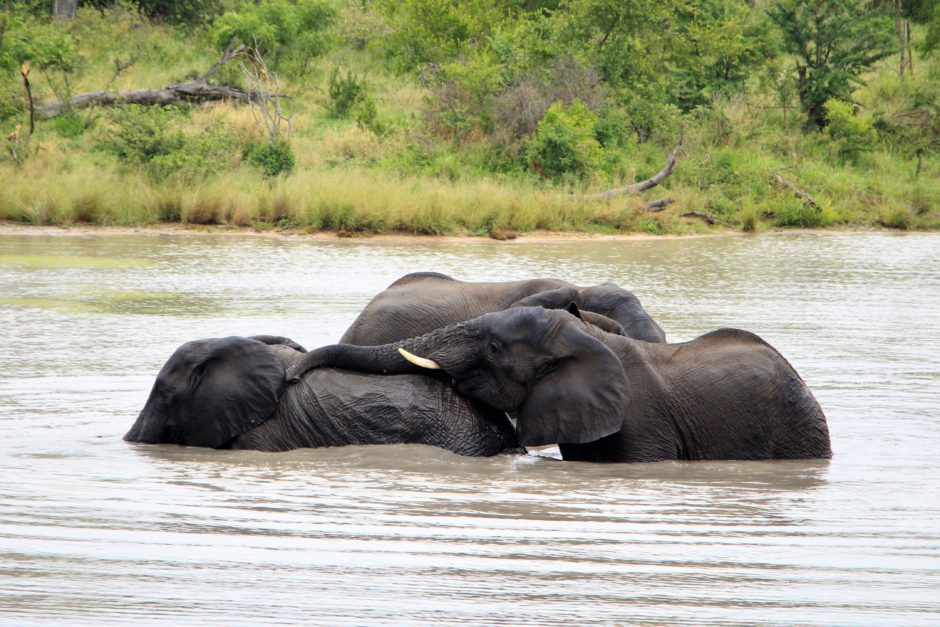
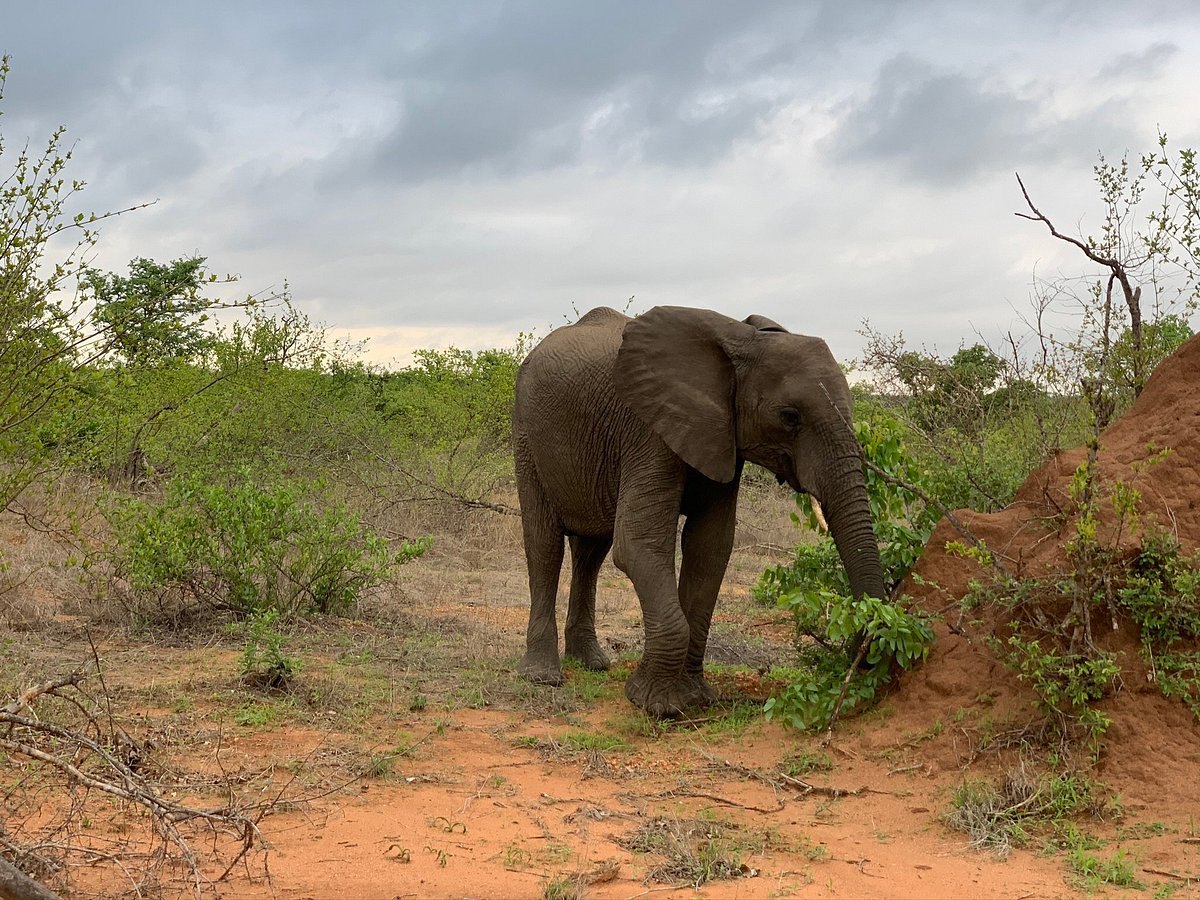
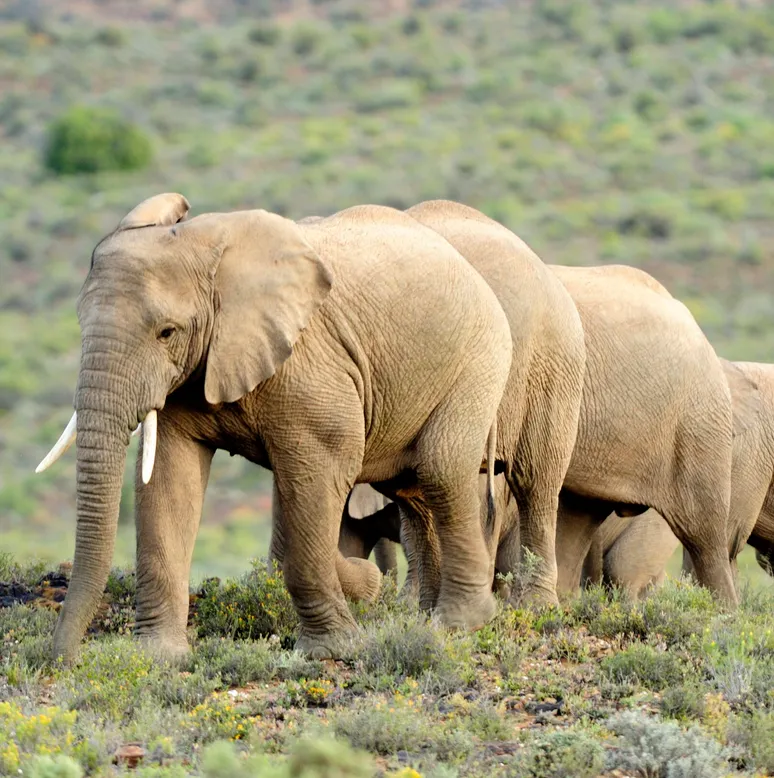
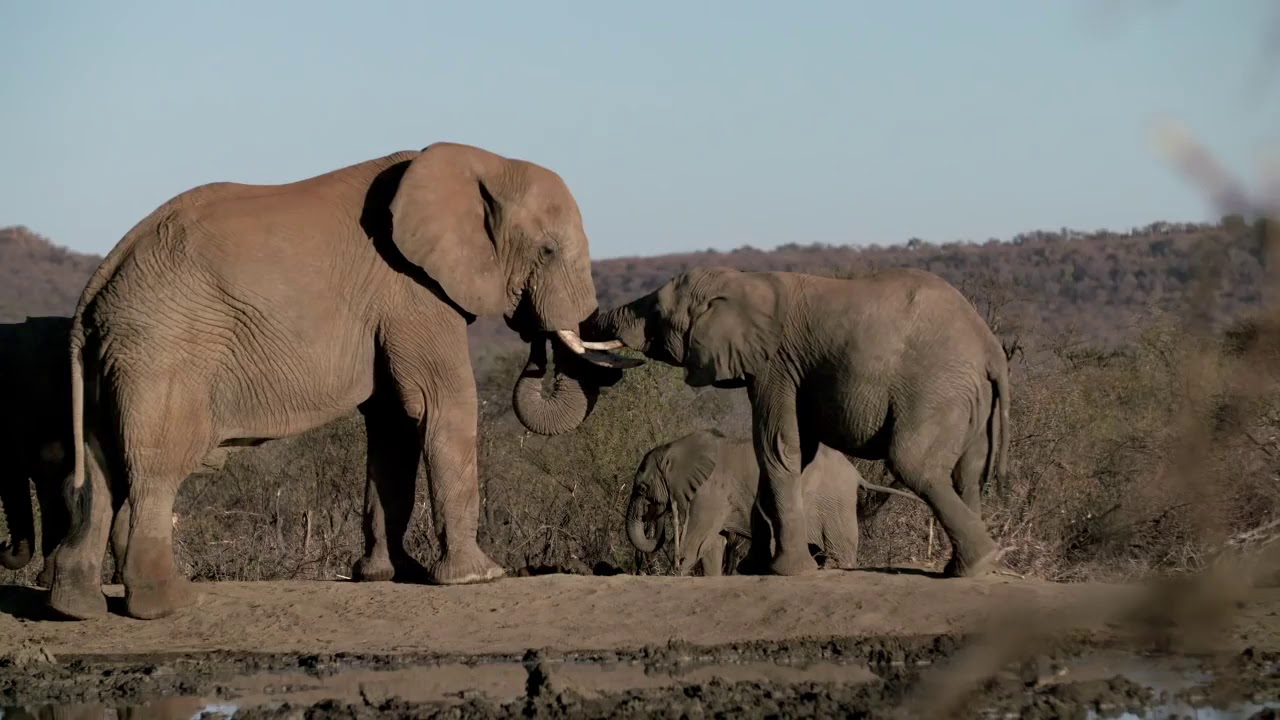
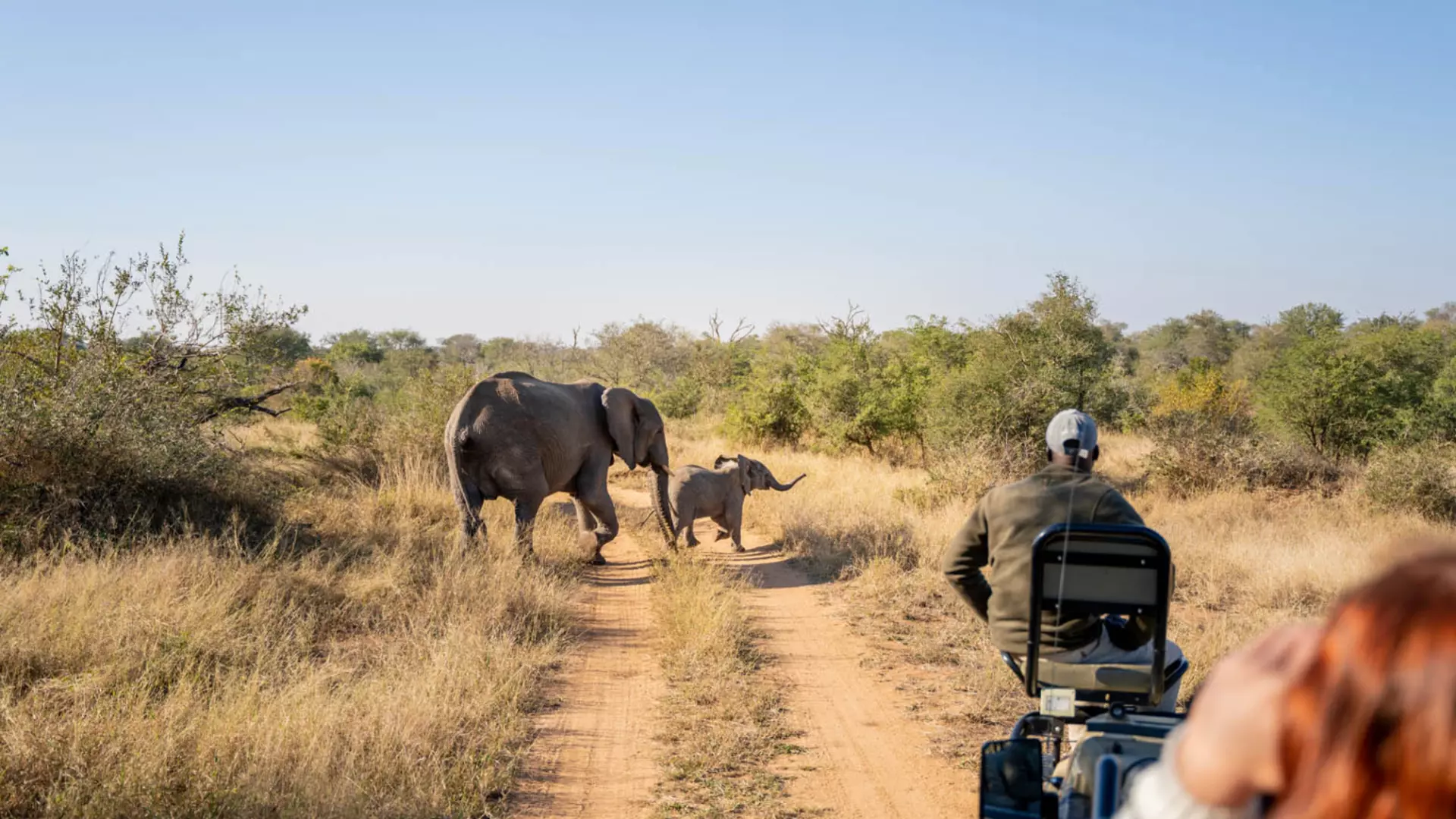







4. The Leopard
The distinctive spotted coat and secretive behaviour of the African leopard, Panthera pardus, are well-known features. Because of their extreme adaptability, leopards can survive in a variety of environments, including as mountains, forests, and savannas. Although they are difficult to study due to their nocturnal and solitary habits, they are an important predator that helps regulate the populations of smaller species.
Threats to leopards include habitat loss, poaching for their exquisite pelts, and conflict between humans and other species. Because of their propensity to feed on livestock, farmers frequently target them and kill them in retaliation. The objectives of conservation initiatives are to protect their habitats, lessen conflict between people and wildlife, and uphold anti-poaching legislation. Another important part of conservation methods is educating the local population about the significance of leopards and their place in the ecosystem.
The Leopard - Gallery
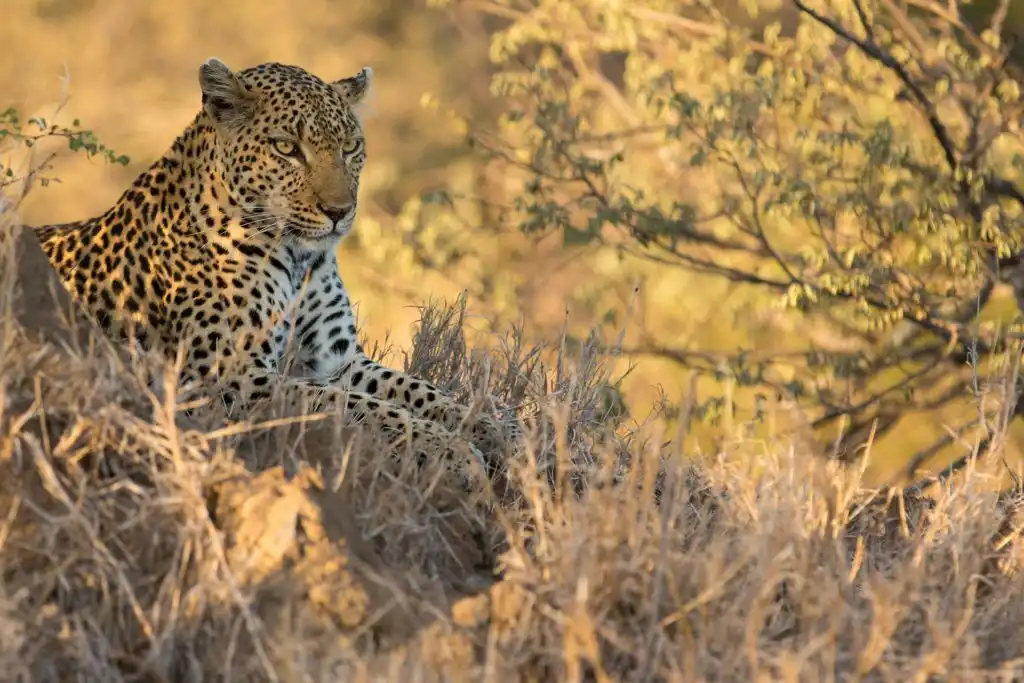



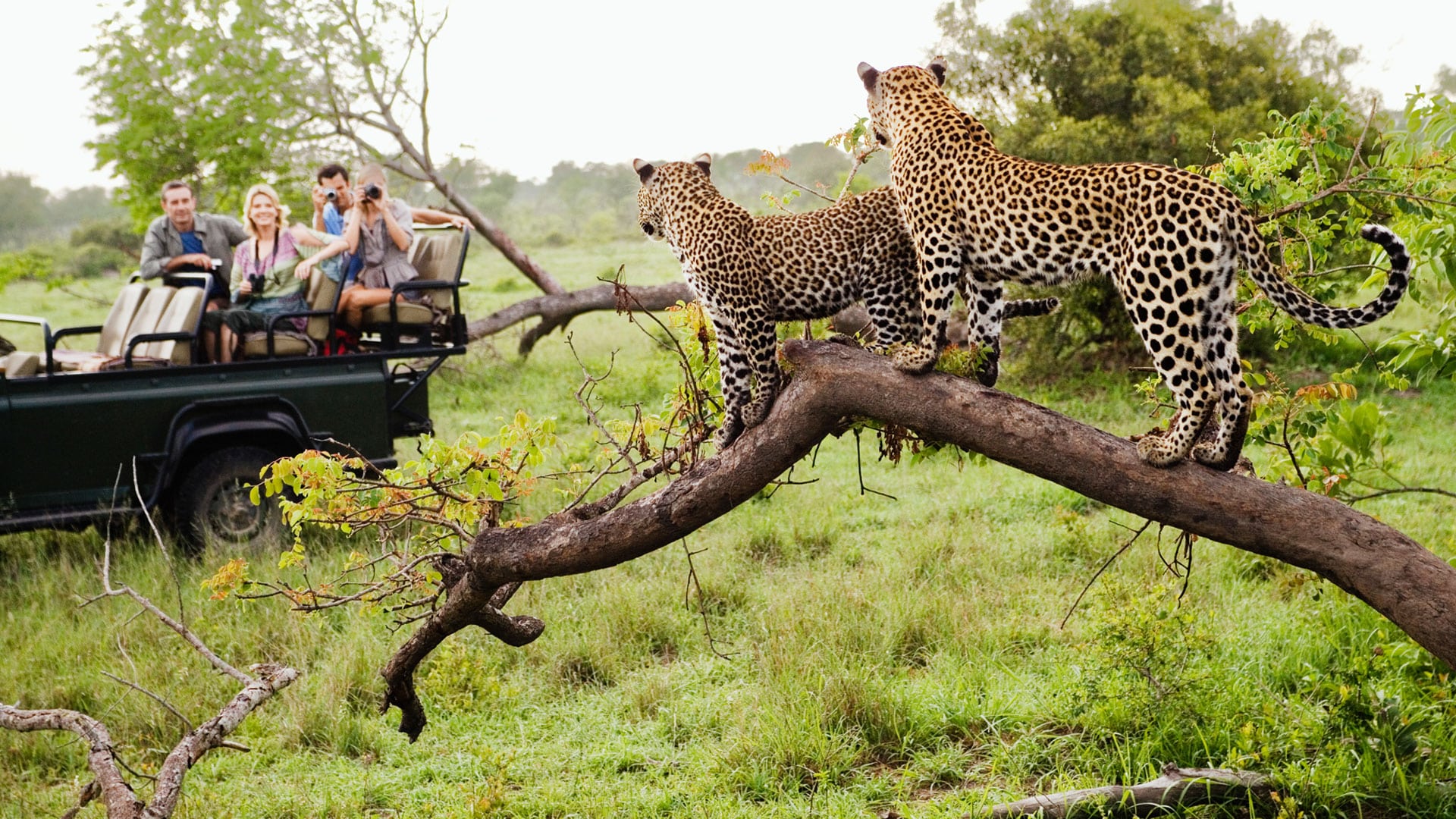







5. The Lion
Because of its majestic look and position as the top predator, the African lion (Panthera leo) is frequently referred to as the "king of the jungle." Living in prides, lions are affectionate creatures whose presence is essential to preserving the ecosystem's health. Lions, being the highest-ranking predators, play a crucial role in controlling herbivore numbers, hence impacting the composition and variety of the environment.
Due to hunting, habitat destruction, and conflict between humans and wildlife, lion populations have been dropping at an alarming rate. Their decline is partly attributed to trophy hunting and farmers taking punitive action to safeguard their livestock. The main goals of lion conservation are to prevent poaching, preserve their habitat, and lessen human-lion conflict. Lion populations require secure habitats to survive, and protected areas and wildlife reserves are important in supplying these habitats.
The Lion - Gallery

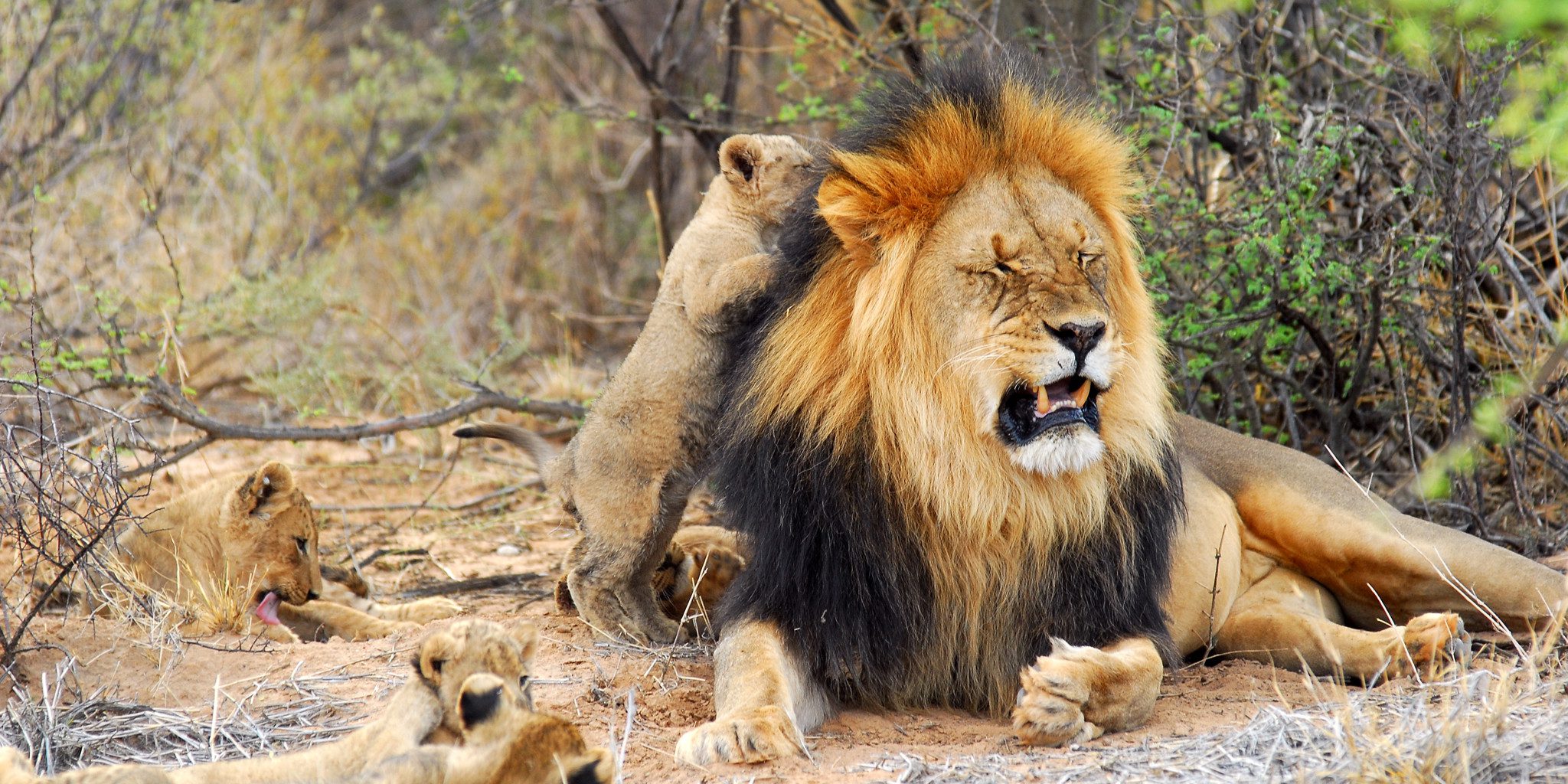
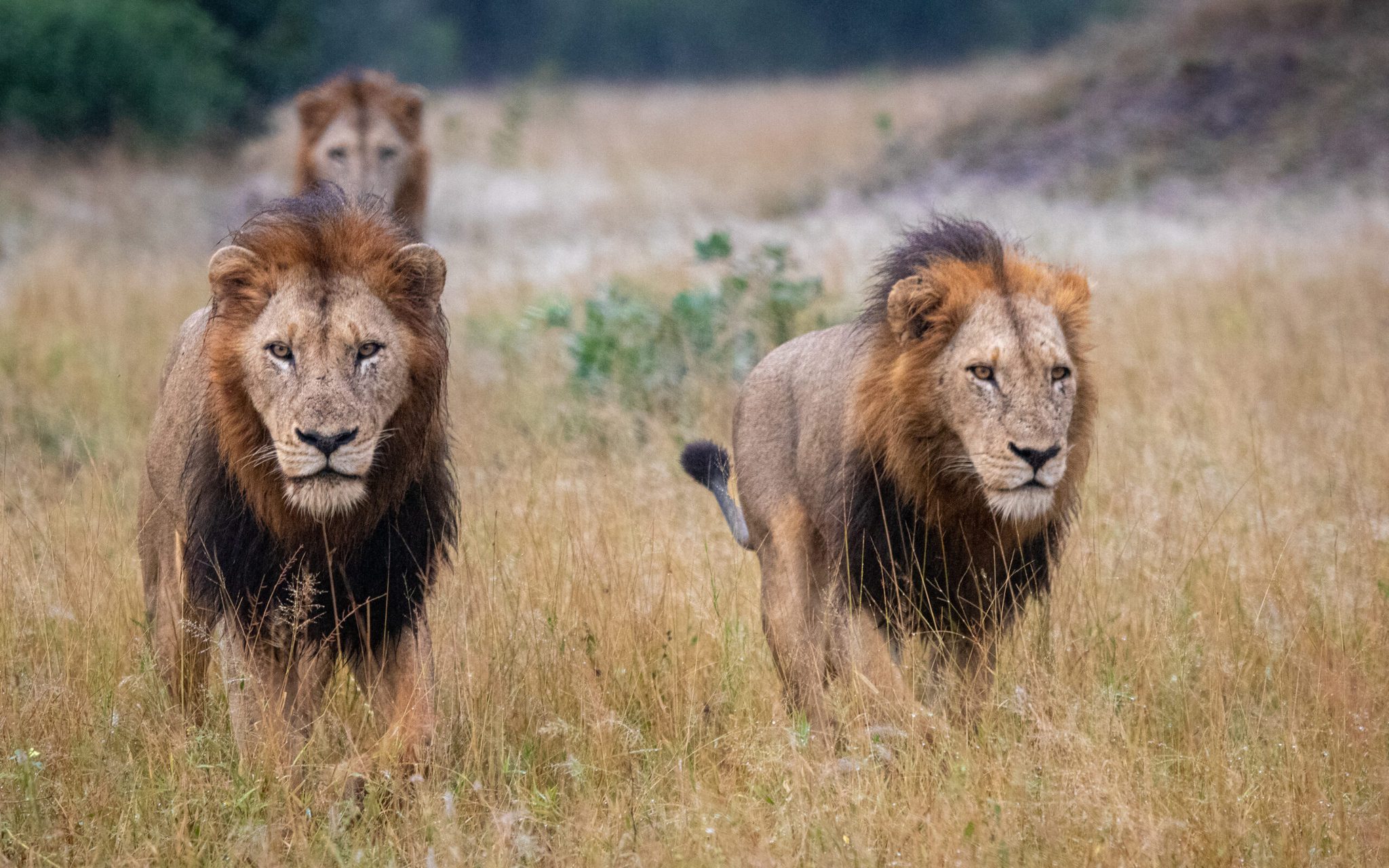

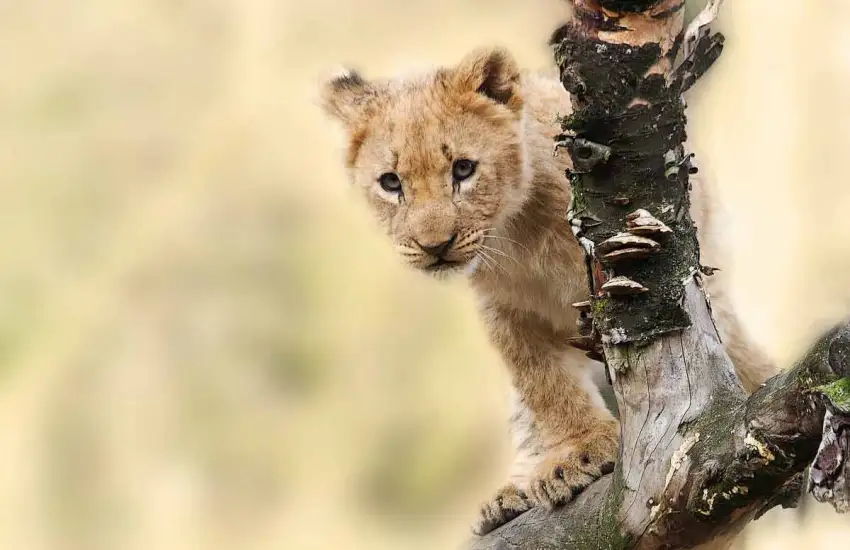
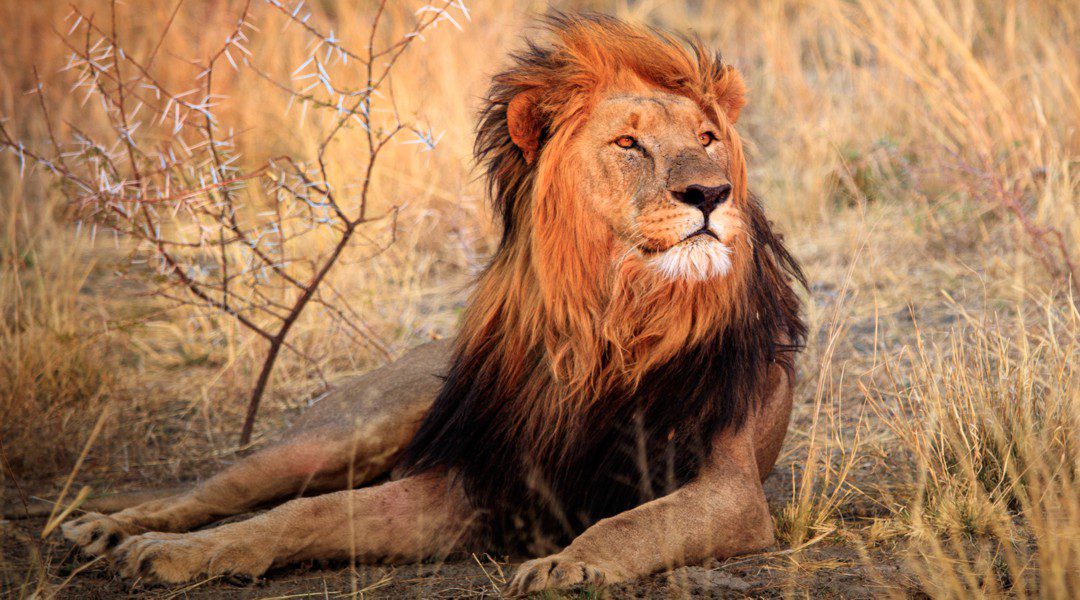






In addition to being representative of the species on the continent, the Big Five of Africa—elephants, lions, leopards, buffaloes, and rhinoceroses—also have vital responsibilities to play in their own ecosystems. Despite being well-known, these species are seriously threatened by habitat loss, poaching, and conflicts between people and wildlife. For them to survive and for the habitats they live in to be healthy, conservation measures are essential. When done ethically, wildlife tourism may aid with conservation efforts and encourage the long-term coexistence of people and wildlife. The Big Five must be preserved in order for future generations to be able to appreciate the magnificence of these extraordinary creatures as well as to preserve the delicate balance of Africa's natural environment.


